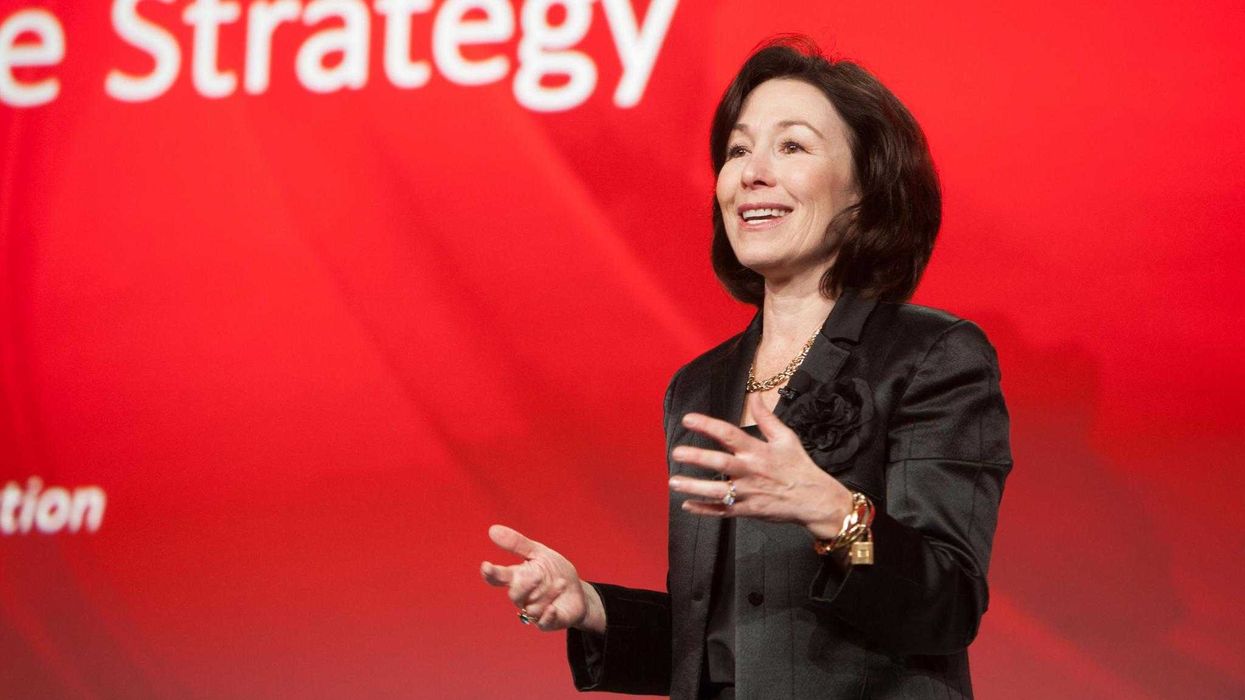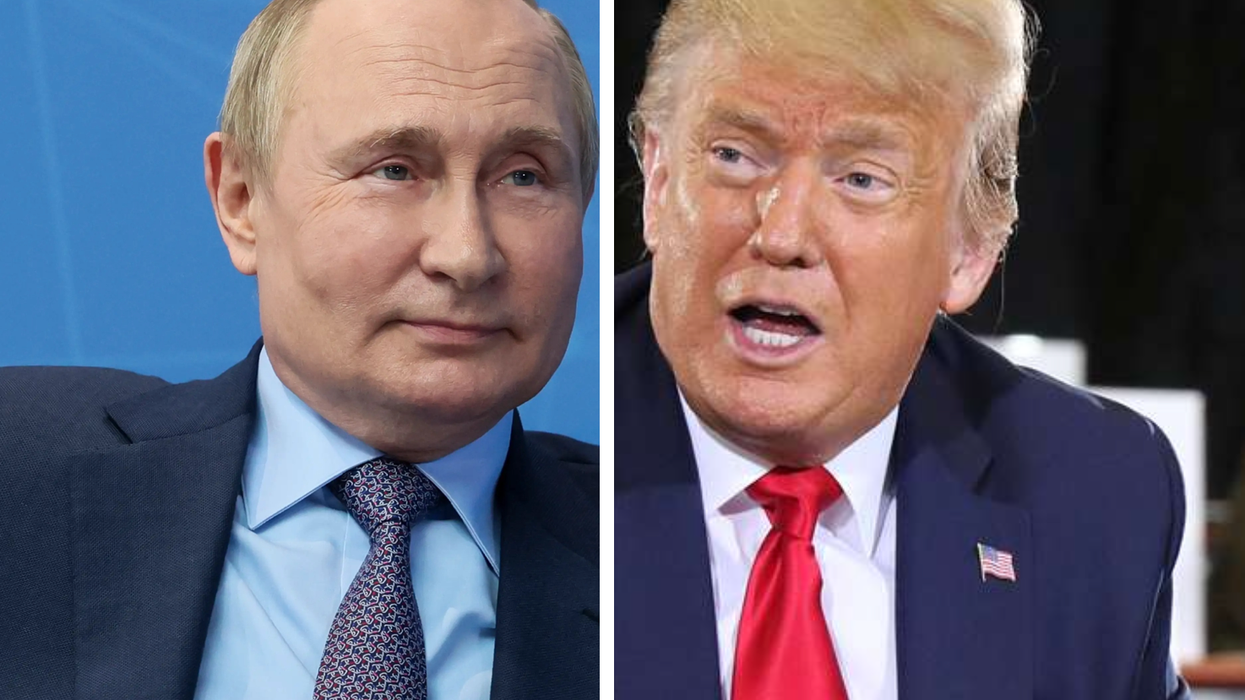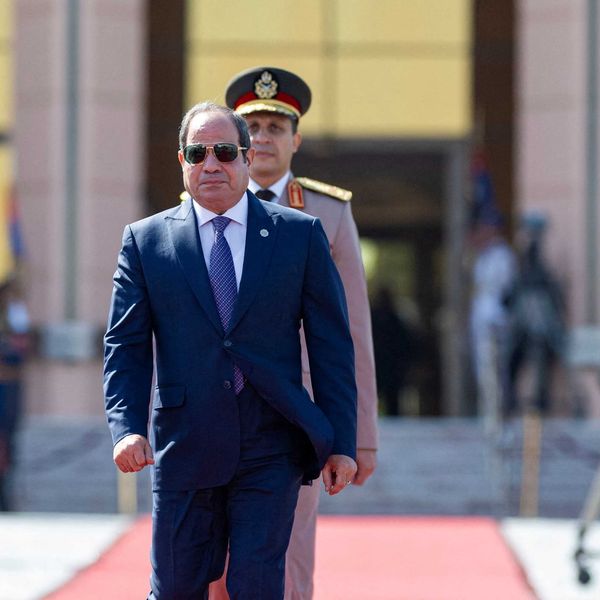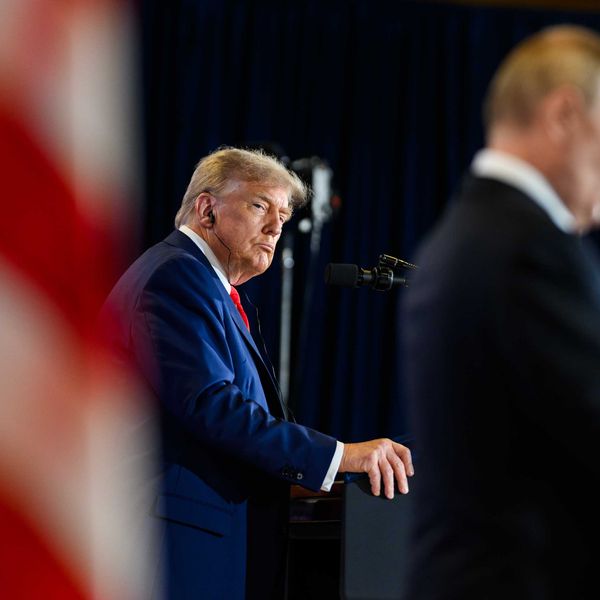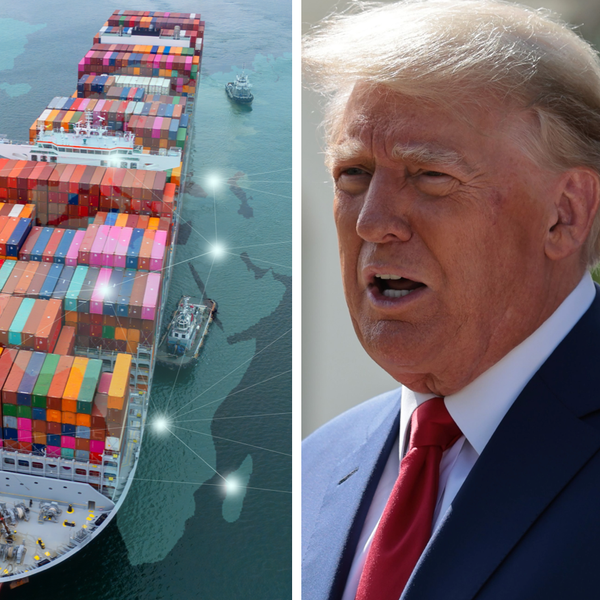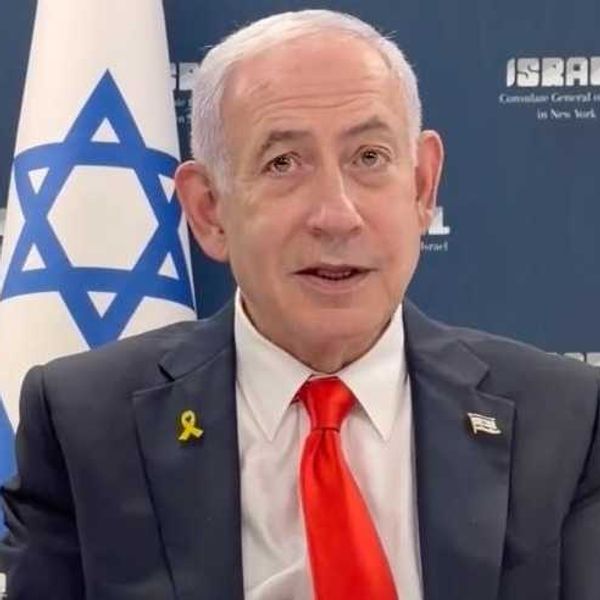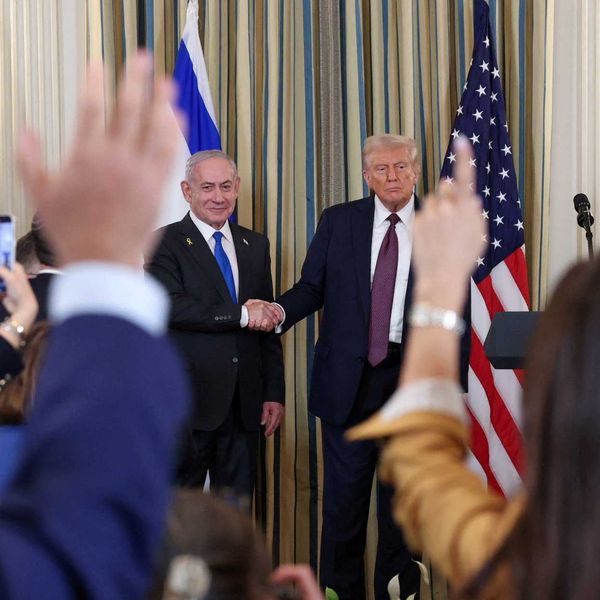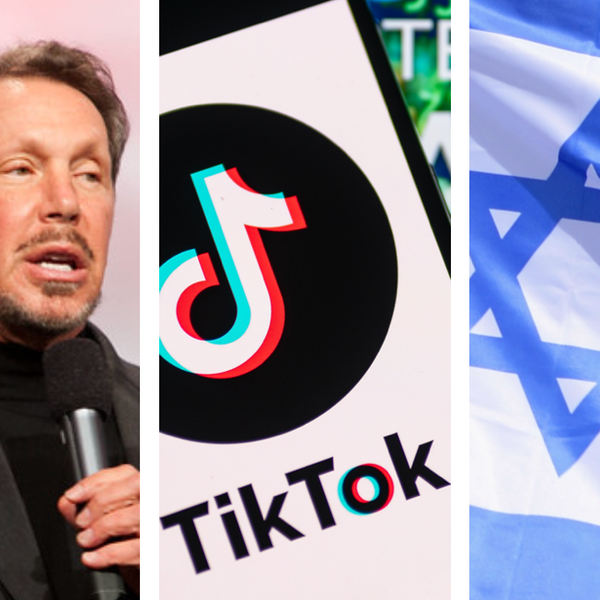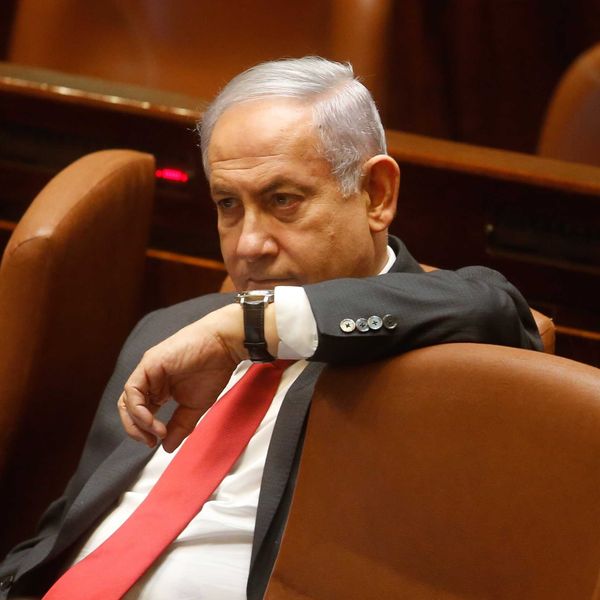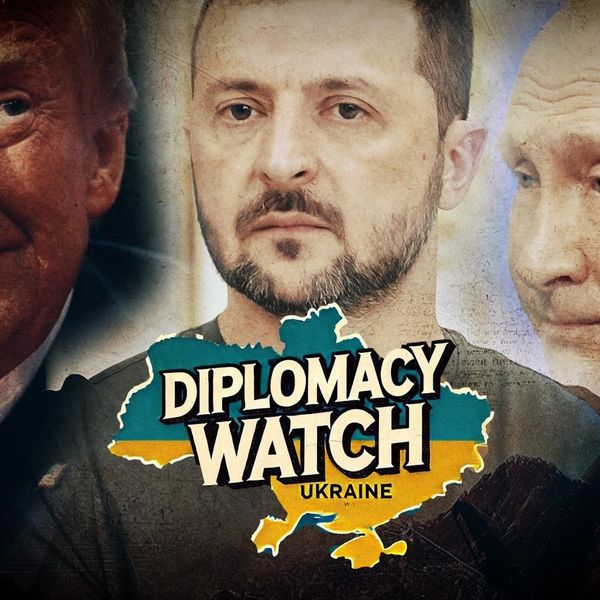U.S. Treasury Secretary Janet Yellen’s visit to Beijing, currently underway, is just as important as Secretary of State Antony Blinken’s higher profile visit last month. She will be searching for ways to stabilize badly damaged economic relations threatening harm to all sides.
On her first day of meetings Friday, she and Chinese Premier Li Qiang made pledges to strengthen their economic ties, and Yellen said it was “clear that the United States does not seek a wholesale separation of our economies.”
As Yellen further noted Friday, “A decoupling of the world’s two largest economies would be destabilizing for the global economy, and it would be virtually impossible to undertake.”
The Chinese finance ministry took a similar tone: “There will be no winners in trade wars or ‘decoupling and broken chains,’” it said in a statement. “We hope the United States will take concrete actions to create a favorable environment for the healthy development of economic and trade relations.”
Even a decade ago, the idea of complete separation would have been almost unimaginable.
The U.S.–China economic relationship represented a common stake in the shared project of free market globalization — the foundation for a stable and mutually beneficial relationship for leaders on both sides. Now, both are weaponizing that interdependence against the other in ways that are increasingly militarized. Whether the two most powerful countries in the world will end in violent conflict turns in part on the question of whether global capitalism can accommodate prosperity for both the U.S. and China.
The grievances on both sides have evolved in telling ways. Ten years ago, U.S. leaders were worried about a large bilateral trade deficit, Chinese currency manipulation, “forced” technology transfer and market access restrictions on U.S. businesses, “unfair” subsidies to Chinese companies, and the loss of U.S. manufacturing jobs.
Meanwhile, Chinese leaders bridled at the U.S. instructing them on proper economic policies, resented China’s small share of influence in the IMF, World Bank, and other institutions of global economic governance, and worried that irresponsible U.S.macroeconomic management was endangering the value of Chinese holdings of U.S. government debt and the stability of the global economy.
All of these conflicts had their deeper sources in the tension at the core of free market globalization, between the free movement of goods and capital and the ability of specific countries and communities to achieve economic development. China was one of the few poor countries capable of pressing that tension. As a result, it was both a focus of U.S. animosity and the only poor country to achieve a development breakthrough.
Today, in a low-growth, low-security world, U.S. leaders blame China for the failure of their vision of liberal democracy, free markets, and U.S. hegemony. Chinese leaders are proud of their success, confident in their growing power, and insensitive to those both inside and outside the country at whose expense they gained success.
In this new context, the nature of U.S.–China economic conflict has fundamentally changed. It is no longer a dispute over how to distribute benefits among discrete actors within a positive-sum relationship. Instead, it has increasingly become a zero-sum struggle over which country will survive and prosper under intense global competition, and which will be permanently subordinated to the other.
Today, disputes focus not on gaining deeper access to the other’s consumer and financial markets but how to restrict such connections. Increasingly, the goal is also to exclude the other country from global markets.
Under Trump, the United States imposed heavy tariffs on Chinese imports. Trump began to exclude China’s most successful multinational company, Huawei, from the U.S. market and used strong-arm diplomacy to convince most allies and some other third countries to do the same.
Toward the end of the Trump administration, the U.S. imposed debilitating restrictions on Huawei’s purchase of semiconductors and software, causing Huawei smartphone sales to plummet by 80 percent between 2020 and 2021 and cutting the company’s overall revenue nearly in half.
Biden has maintained Trump’s coercive economic measures but rationalized and dramatically expanded them. The administration has poured diplomatic energy into rebuilding alliances with the rest of the world’s rich, technologically advanced countries that Trump had alienated and then brought those countries into efforts to exclude China and stymie its technological advance.
As Commerce Secretary Gina Raimondo noted: “If we really want to slow down China’s rate of innovation, we need to work with Europe.”
Exclusionary efforts targeting China run the gamut:
— Legislation like the CHIPS and Science Act and the Inflation Reduction Act, which dole out lucrative subsidies to companies that build in the United States, contain provisions to deny Chinese companies those benefits and even to prevent companies that take the subsidies from investing in China.
— The administration is negotiating with the European Union a Global Arrangement on Sustainable Steel and Aluminum with the proclaimed goal of reducing carbon emissions in those industries, which has been specifically designed to exclude Chinese exporters. Jennifer Harris, former senior director for international economics on Biden’s National Security Council, positions this agreement as the first in series that would exclude Chinese businesses from rich country markets. (The EU, however, has rejected the most recent U.S. proposal because it would violate WTO rules.)
— The administration is deep into negotiations on a regional trade framework for Asia, the Indo-Pacific Economic Framework for Prosperity, that includes the countries of East and Southeast Asia plus India but excludes China.
— The administration has launched global development initiatives, like the Partnership for Global Infrastructure and Investment, explicitly meant to “counter” China’s Belt and Road Initiative. It is also extending (limited) climate financing to strategically useful countries of the Global South through individual agreements called Just Energy Transition Partnerships that include the U.S. and select allies but exclude China.
— The administration is formulating a ban on outbound U.S. investment in specific high-tech Chinese businesses.
— Perhaps most provocatively, the Biden administration has established a blockade on advanced semiconductors to Chinese businesses and promised to extend similar bans to other sectors, including biotechnology and clean energy. Yellen repeated the message in her Friday meetings that these restrictions are carefully tailored to guard U.S. national security and are not meant to stifle China’s economy. Yet U.S. and Chinese leaders alike consider these technologies foundational to the future of growth. If the administration’s rhetoric is not disingenuous, it may nonetheless be immaterial.
The efficacy of these attempts to cut China out of high-value and strategically important parts of the global economy is an open question, but the aim is clear.
“Ultimately,” according to U.S. national security advisor Jake Sullivan, “our goal is a strong, resilient, and leading-edge techno-industrial base that the United States and its like-minded partners, established and emerging economies alike, can invest in and rely upon together.”
This directly challenges the legitimacy of the Chinese Communist Party, which is built on two fundamental claims: the Party established Chinese independence after a century of domination by the imperialist powers, and the Party brought development to the nation and economic opportunity to the people. For those same powers to band together in an attempt to stifle China’s economic development and its people’s chance for good jobs and profitable businesses not only threatens the Party, it also represents an explosive provocation to popular Chinese nationalism.
Thus far, China’s response to the U.S. campaign of exclusion has been restrained, including a ban on U.S. company Micron in China’s critical information infrastructure and export restrictions on two metals dominated by Chinese producers that are important high-tech inputs. This restraint reflects China’s weak position against the global financial hegemon, but if the U.S. does not change course there is considerable room for escalation.
China’s strategy has been more defensive than offensive, pouring resources into domestic high-tech capabilities and strengthening relationships in the Global South. Rather than entering discussions on how to build resilient global supply chains that are not overly concentrated in China — a concern for many countries beyond the U.S. — China is doubling down on the goal of dominating advanced manufacturing. These measures are different in nature than U.S. efforts, but they point in a similar direction: establishing security for China rather than envisioning a global economy with enough space for everyone.
The power and prosperity of both the U.S. and China have been built on a peaceful and open global economy, yet both countries recognize serious problems with free market globalization and support selective reform. Since neither is dogmatically committed to the status quo, there is room for flexibility and horse-trading to make reform discussions successful. Indeed, Yellen’s meeting agenda includes the crucial possibility of U.S.–China cooperation on “urgent global challenges like climate change and debt distress”—precisely the kind of efforts needed to overcome zero-sum pressures in the global economy.
If, instead of focusing on such shared needs, each side continues to blame their own insecurity on the other and to pursue exclusionary—increasingly militarized—efforts to secure themselves, Yellen’s visit will provide only a fleeting pause to growing animosity.
The tragedy of open conflict between the world’s two most powerful countries would be all the more acute if they threw away the possibility of a revitalized global system in the process.


